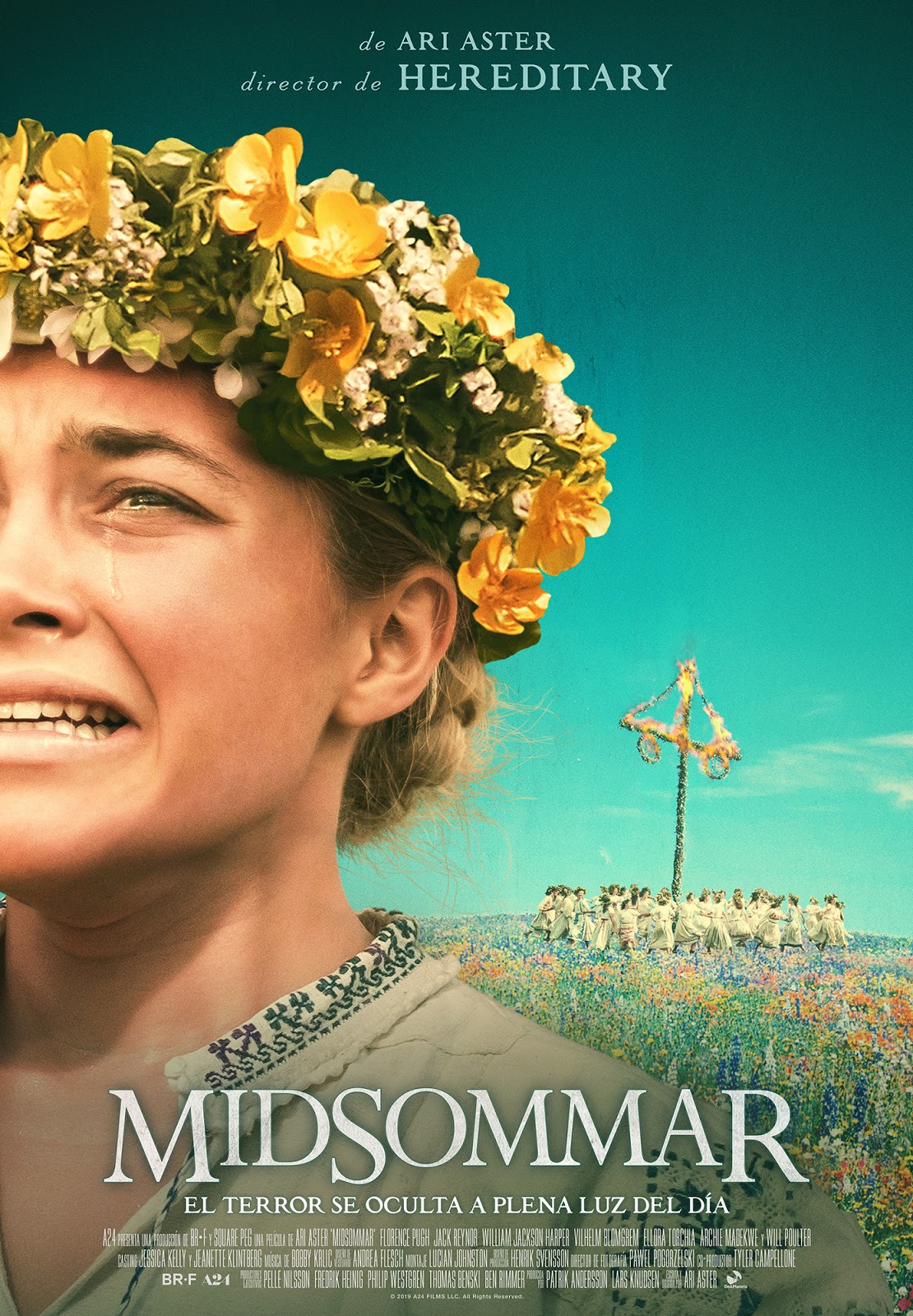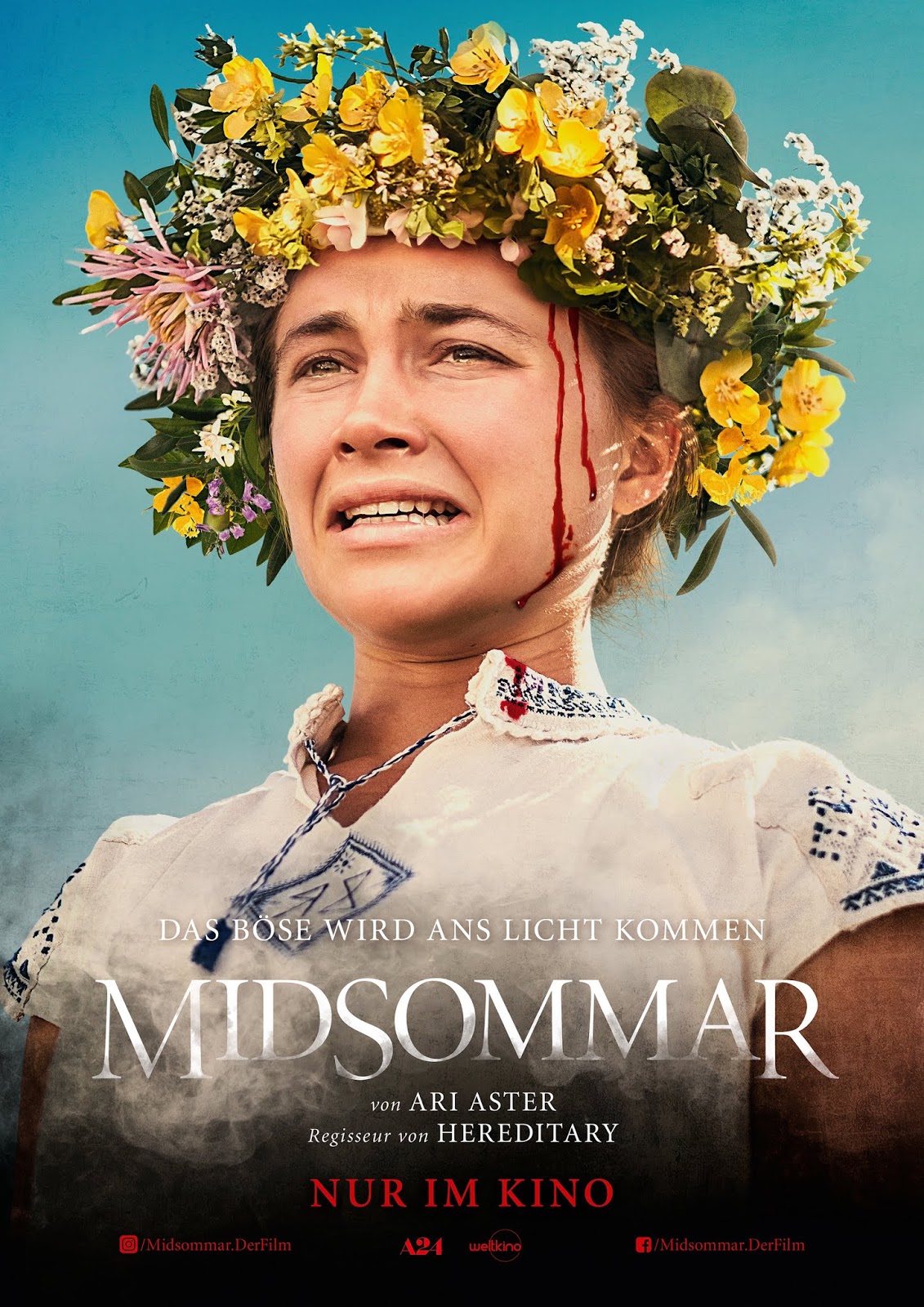Midsommar: A Journey Through The Enigmatic Festival
Midsommar is a vibrant celebration that marks the arrival of summer, enchanting people across various cultures with its unique festivities. Originating from ancient agricultural traditions, this festival is deeply rooted in the cycles of nature, symbolizing fertility, growth, and the revival of life after the long winter months. The celebrations often include joyful gatherings, elaborate feasts, traditional dances, and the famous maypole, which stands as a central figure during the festivities. As the sun shines brightly and the days grow longer, the spirit of midsummer invites revelers to embrace the warmth of the season and connect with nature.
The essence of midsommar is beautifully captured in various cultural expressions, from music and dance to art and literature. Each region may have its own unique customs, but they all share a common theme: the celebration of life and light. In Scandinavian countries, for instance, the festivities often involve flower crowns, bonfires, and communal meals, fostering a sense of unity and joy among participants. In contrast, other cultures may incorporate different rituals and symbols that reflect their history and beliefs, showcasing the diversity of this cherished celebration.
As we delve deeper into the world of midsommar, we uncover not only the rich traditions and practices associated with the festival but also its significance in contemporary society. Modern interpretations of midsummer celebrations have evolved, with many communities incorporating elements of sustainability and environmental awareness into their festivities. This shift not only honors the past but also promotes a more conscious approach to celebrating nature's bounty. Join us as we explore the many facets of midsummer, its history, and how it continues to thrive today.
What is the History of Midsommar?
The history of midsummer is steeped in ancient traditions, tracing back to pre-Christian times. Celebrated around the summer solstice, which typically occurs between June 20 and June 23, this festival has its roots in agricultural practices. Early civilizations, particularly in Northern Europe, held rituals to honor the sun and encourage fertility in the fields. Over time, these pagan customs merged with Christian beliefs, leading to the modern interpretation of midsummer.
How is Midsommar Celebrated Around the World?
Midsummer celebrations vary significantly across different cultures, reflecting local customs and traditions. For example:
- Sweden: The Swedish celebrate midsummer by raising a maypole adorned with flowers and greenery, dancing around it, and enjoying a feast of herring, new potatoes, and strawberries.
- Finland: In Finland, midsummer is known as "Juhannus" and is marked by bonfires, outdoor activities, and gatherings at summer cottages.
- Iceland: Icelanders celebrate with traditional music, dancing, and feasting, often including folklore and tales of elves and hidden people.
- England: In England, midsummer is associated with various fairs and festivals, where people enjoy traditional games, music, and dances.
What Are the Symbolic Elements of Midsommar?
Midsommar is rich in symbolic elements that represent the cycle of life and nature's bounty. Some of the most prominent symbols include:
- Maypole: The maypole is a central feature of midsummer celebrations, symbolizing fertility and the union of nature.
- Flowers: Flowers play a vital role, with participants often weaving them into crowns and garlands, representing beauty and the blooming of life.
- Bonfires: Lighting bonfires during midsummer rituals serves to ward off evil spirits and celebrate the sun's power.
- Food: Traditional foods, such as new potatoes, herring, and berries, symbolize the harvest and the abundance of the season.
What Modern Practices Have Emerged from Midsommar Celebrations?
In recent years, many communities have embraced modern practices during midsummer celebrations, reflecting a growing awareness of environmental sustainability. Some contemporary practices include:
- Eco-friendly Decorations: Using natural materials and biodegradable decorations to reduce waste.
- Locally Sourced Foods: Emphasizing local produce and sustainable farming practices in midsummer feasts.
- Community Gardening: Organizing community gardening events to promote sustainable agriculture and strengthen community bonds.
- Nature Conservation: Incorporating educational components about environmental conservation and the importance of protecting natural habitats.
How Do Different Cultures Interpret Midsommar?
Different cultures interpret midsummer through their unique lenses, resulting in a rich tapestry of rituals and customs. For instance:
- Lapland: In Lapland, the Sami people celebrate with traditional songs and dances, emphasizing their connection to nature and the land.
- Germany: In Germany, the festival is known as "Johannistag," celebrated with fires and the gathering of herbs, believed to possess magical properties.
- Russia: In Russia, "Ivan Kupala" is celebrated with water rituals, flower wreaths, and bonfires, symbolizing purification and renewal.
What Are the Personal Experiences of People During Midsommar?
Many individuals hold cherished memories of midsummer celebrations, often recounting their experiences of joy, connection, and cultural identity. Personal stories may include:
- Family Gatherings: Many people recall gathering with family and friends, enjoying traditional foods and participating in lively dances.
- Nature Connection: For many, midsummer serves as a reminder to connect with nature, often involving outdoor activities such as hiking, swimming, and picnicking.
- Rituals and Traditions: Individuals often share stories of unique family rituals passed down through generations, enriching their cultural heritage.
What is the Future of Midsommar Celebrations?
The future of midsummer celebrations appears promising, with a growing emphasis on sustainability and cultural preservation. As communities evolve, they continue to adapt their traditions, integrating modern practices while honoring their heritage. The interconnectedness of midsummer across cultures serves as a testament to the universal human desire to celebrate life and nature. By fostering awareness and appreciation for the environment and cultural diversity, midsummer will likely thrive for generations to come.
Article Recommendations
- Vegamovies 2160p
- Does Nle Choppa Have A Wife
- How Long Is The Simon And Garfunkel Story
- What Happened To Dr Pols Wife
- Boston Burger Company
- Chinese Zodiac Signs 1982
- Kylie Jenner Naked
- Mountain High Outfitters
- Vontae Davis Autopsy Results
- Desmond Harrington


